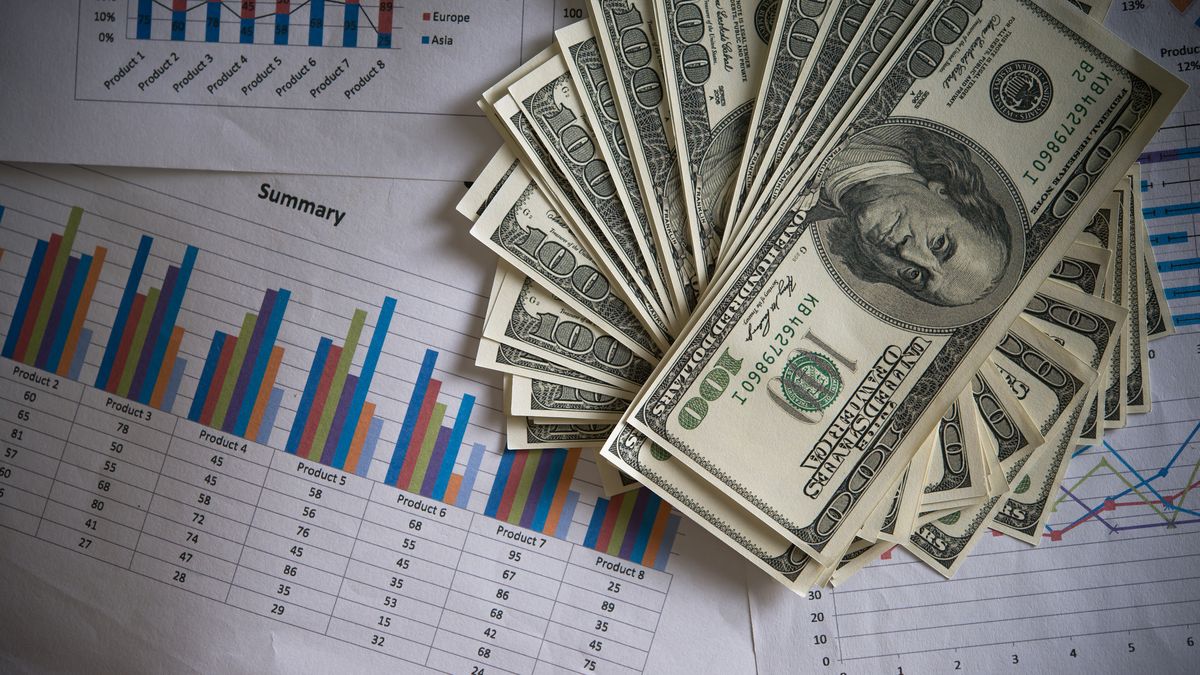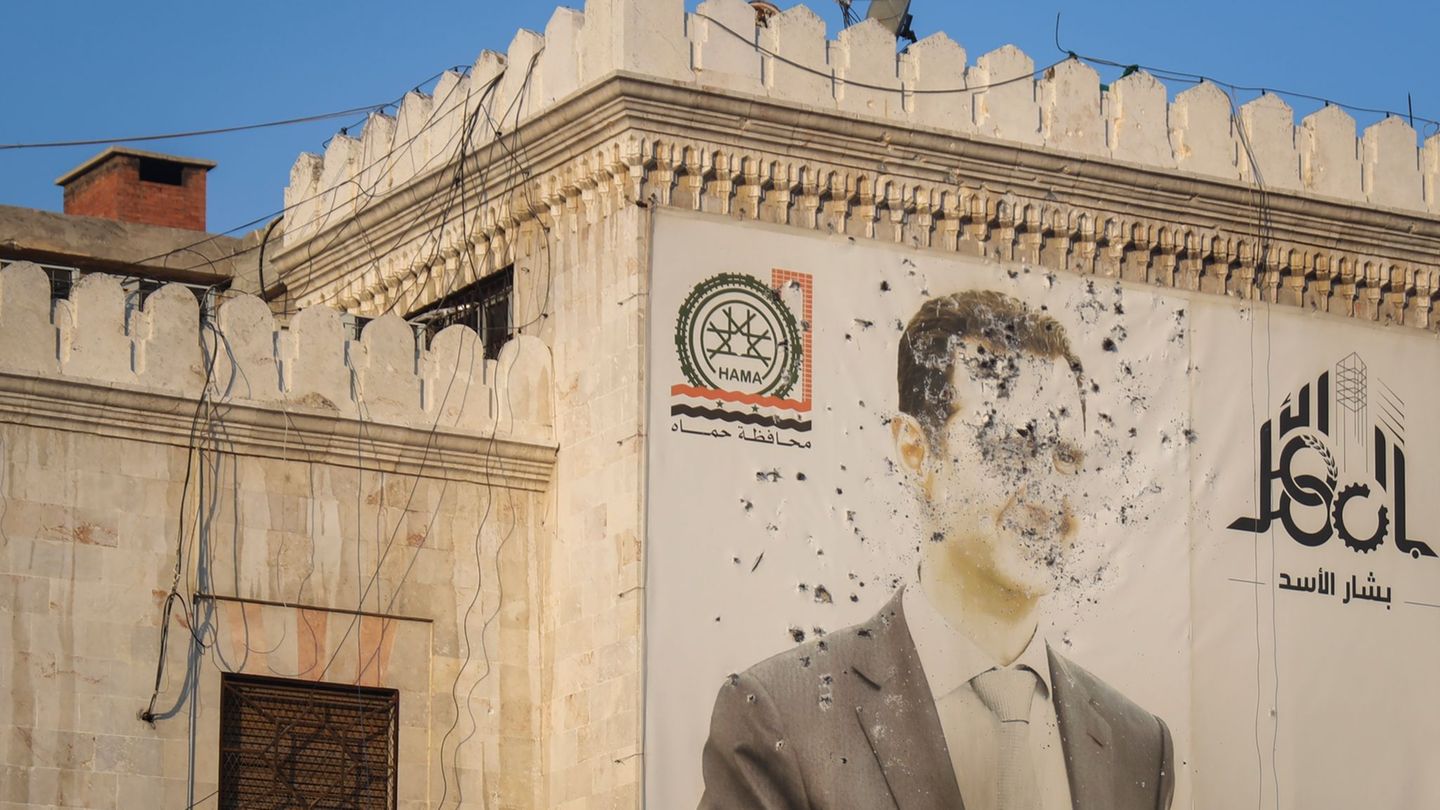While, the MEP -also valued with the Global 2030- climbed 1% in this wheel, to settle at $205.99. In the month it climbed 8.1% ($15.39).
It is worth remembering that Tuesday of last week and Tuesday of this week, prices recovered up to $25 of the more than $40 they had lost between the end of January and the beginning of this month. This week had started with the same bullish trend, although between Wednesday and Thursday the prices collapsed more than $8.
The demand for coverage in dollars accelerated due to several causes. At the domestic level, the acceleration of inflation, some doubts regarding the fulfillment of the goals agreed with the International Monetary Fund (IMF) in fiscal matters and the accumulation of reserves, and the tensions within the ruling party had an influence. Likewise, the escape from risk at a global level in the midst of the war in Ukraine, the resurgence of Covid-19 in China and the rise in rates in the US also had an impact.
“In January and February, faced with extreme volatility in financial assets in the world, and with the BCRA raising the rate, it was convenient for you to do a ‘carry trade’ in certain short periods. As of March, with the upsurge in inflation, plus a dollar that is strengthening in the world, the investor that operates the CCL dollar began to perceive that it no longer made sense to carry on. In these mechanisms you sometimes have a kind of overreaction. Now the prices have adjusted again, trying to find a balance above $200“, explained to Ámbito the director of Rafaela Capital, Fernando Camusso.
For his part, the director of Libertad y Progreso, Aldo Abram, He maintained to this medium that volatility occurs because “in these circumstances, everyone wants to buy at the same time, and vice versa when the trend changes.” “But if the government does not correct the factors that generate uncertainty, the long-term trend of the exchange rate is going to be upward,” he said.
Inflation is one of the major macroeconomic problems that the country is going through today, after the unexpected jump of 6.7% in March and an accumulated 16.1% in the first quarter of the year.
In this context, the Government summoned referents of the country’s leading companies this Friday to check the price spike and the lack of merchandise.
In the market, they estimate that the inflationary escalation in April induces new pressures for the BCRA to analyze a possible new increase in its reference rate for May. This yield currently stands at 47%, after three monthly increases in the first part of the year.
official dollar
The official wholesale exchange rate rose 13 cents this Friday to stand at $115.1, under the strict regulation of the BCRA. During the week, it accumulated a rise of $1.08, lower than that of the previous week ($1.26).
In April, the monetary authority validated a devaluation of 3.9% ($4.30), the highest since the Frente de Todos government took office. Even so, it is worth clarifying that the “crawling peg” continues to run behind inflation that will remain above 5% in April, according to private estimates.
Meanwhile, the monetary authority is still unable to take advantage of the heavy harvest season to accumulate reserves. After selling US$60 million on Wednesday and ending with a neutral balance on Thursday, the entity led by Miguel Pesce ended its intervention on Friday with a positive result of just US$10 million. In the accumulated monthly he bought, in net terms, about US$170 million.
Private sources assured that a greater demand for foreign currency is always activated at the end of the month due to the closing of positions.
For its part, the retail dollar -without taxes- rose 35 cents this Friday April 29 to $120.64 for saleaccording to the average in the main banks of the financial system, while in Banco Nación the banknote it was unchanged at $119.75 for sale.
Thusthe savings dollar or solidarity dollar -which includes 30% of the PAÍS tax and the 35% deductible of profits- rose 58 cents to $199.06 on average.
In a highly volatile parallel market, the blue dollar fell sharply again this friday 29 April and ended $2.50 lower than the previous week’s close, according to a survey of Ámbito in the Black Market of Currencies.
The Casual Dollar gave up $3.50 to $200.50 and racked up a $12 crash on the last three wheels. This happened after shooting up $9.50 between Monday and Tuesday.
Consequently, the gap with the official wholesale exchange rate it fell from 85% to 73.9%.
Source: Ambito
David William is a talented author who has made a name for himself in the world of writing. He is a professional author who writes on a wide range of topics, from general interest to opinion news. David is currently working as a writer at 24 hours worlds where he brings his unique perspective and in-depth research to his articles, making them both informative and engaging.




